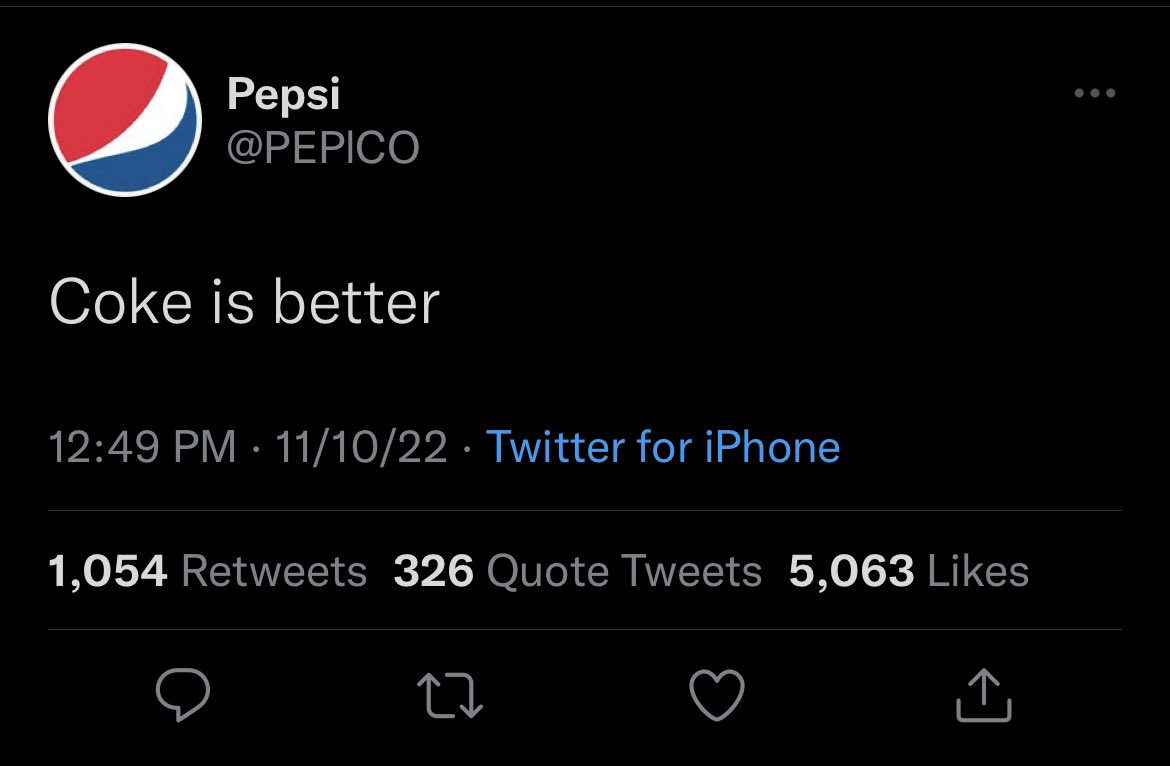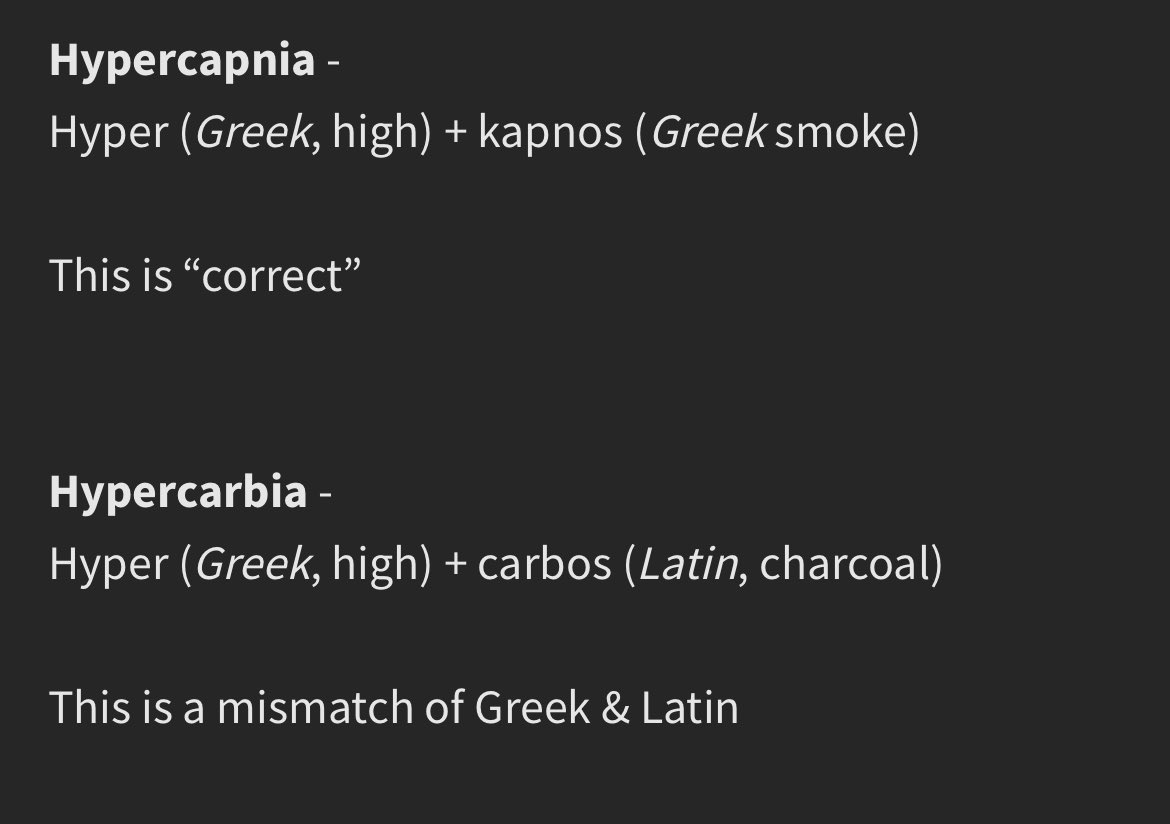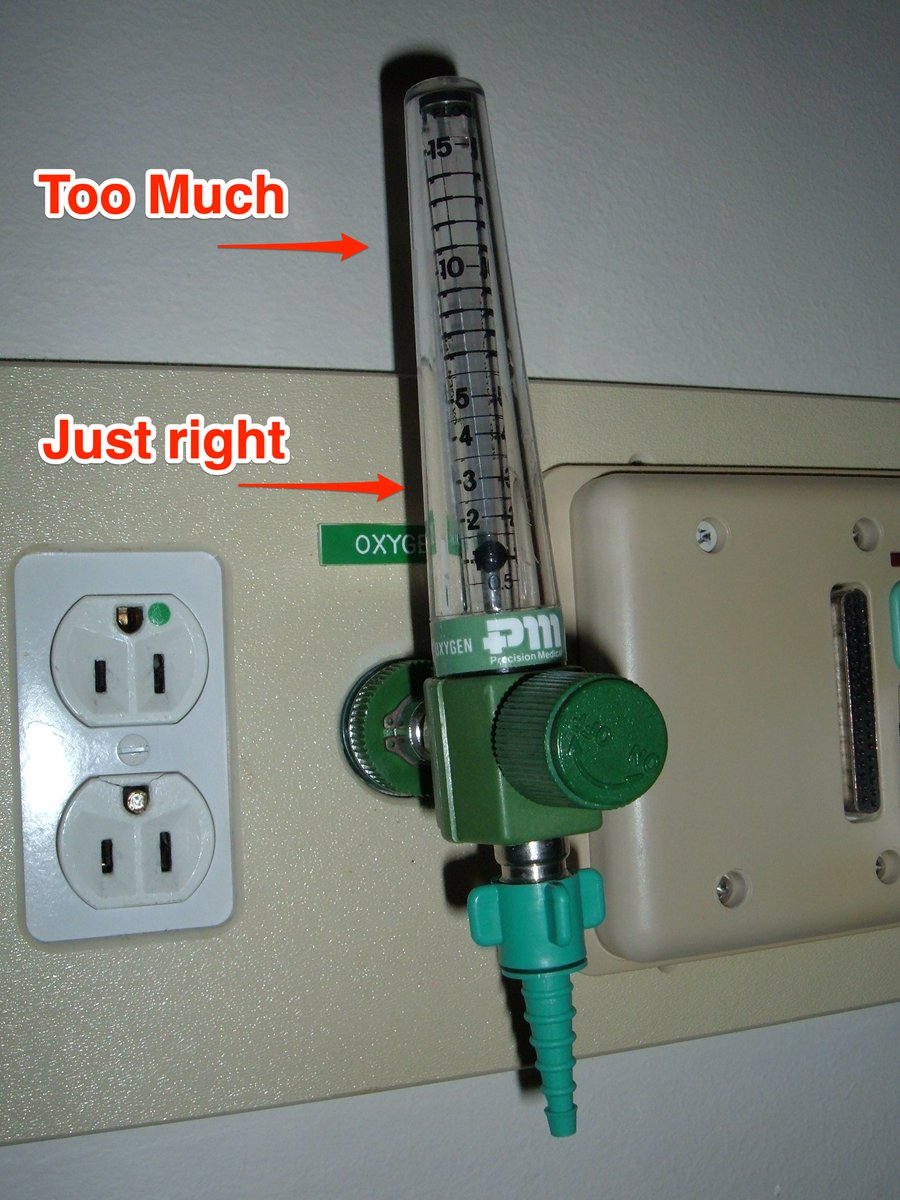
Ok so #TwitterChaos is hilarious & as a bonus we’ll never need to see adds from these companies on Twitter again.
1/



1/




• • •
Missing some Tweet in this thread? You can try to
force a refresh

















